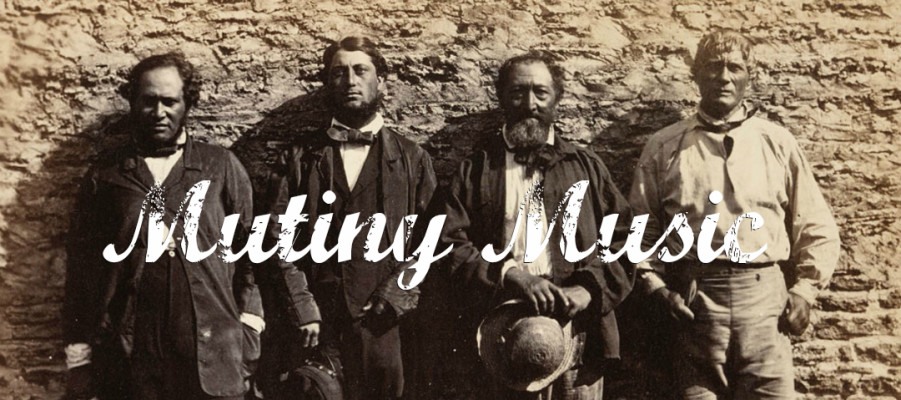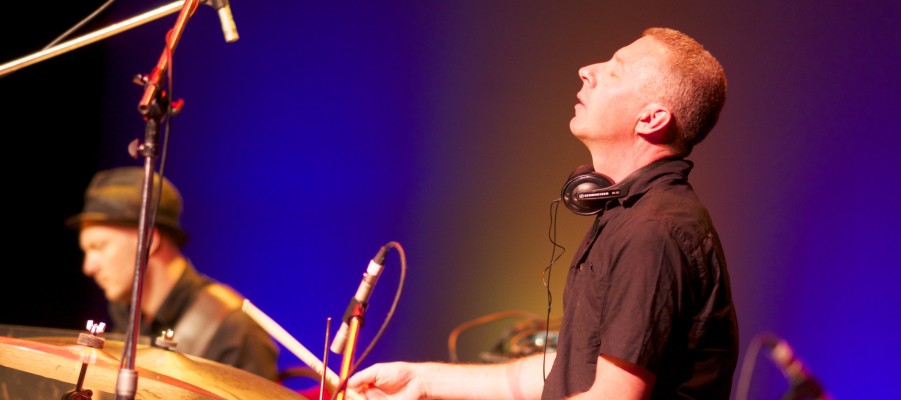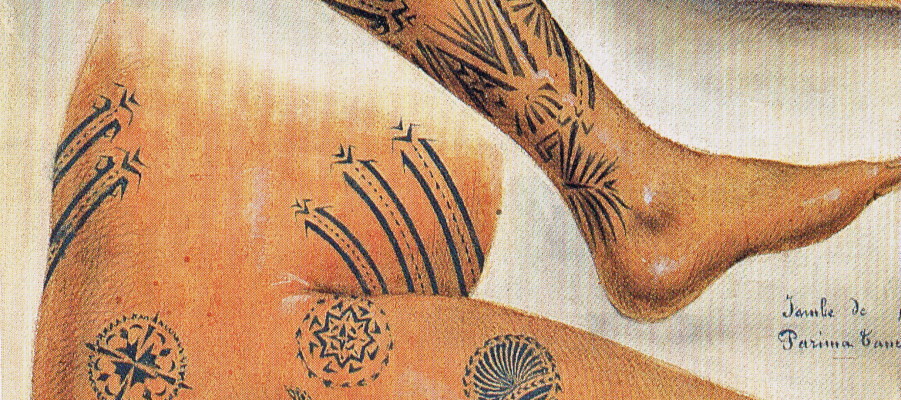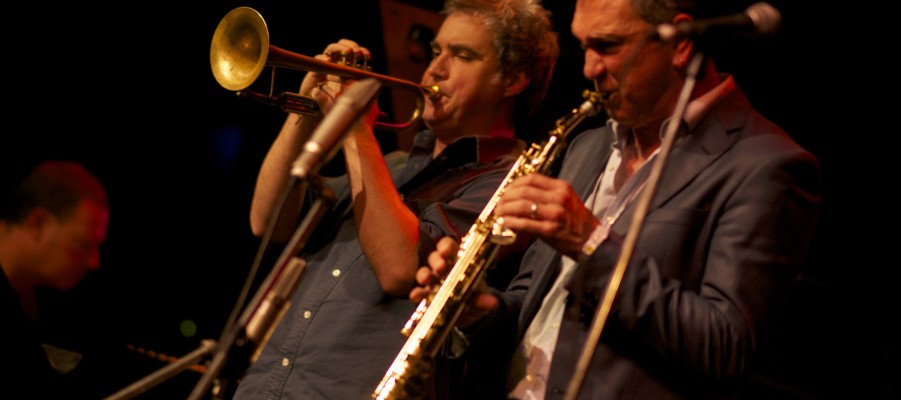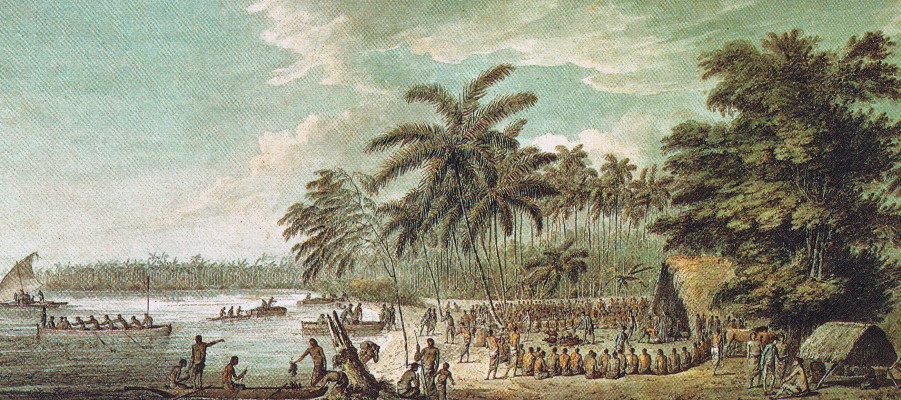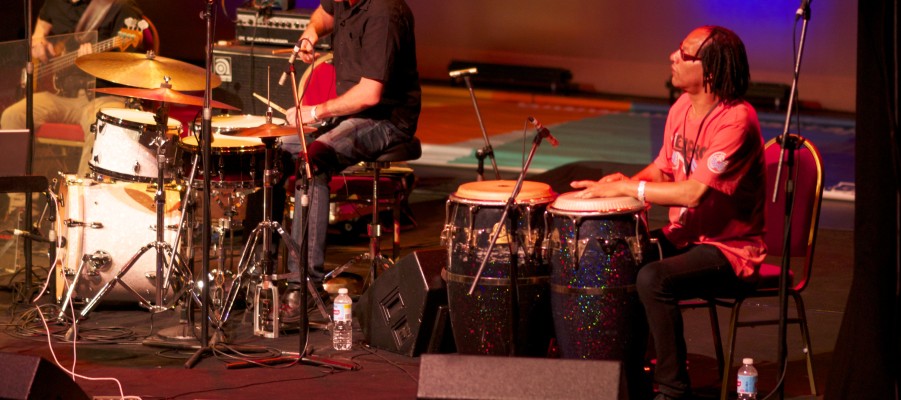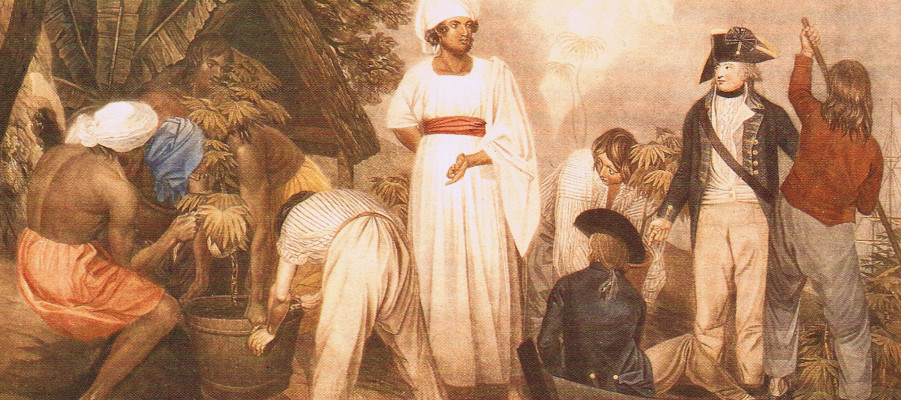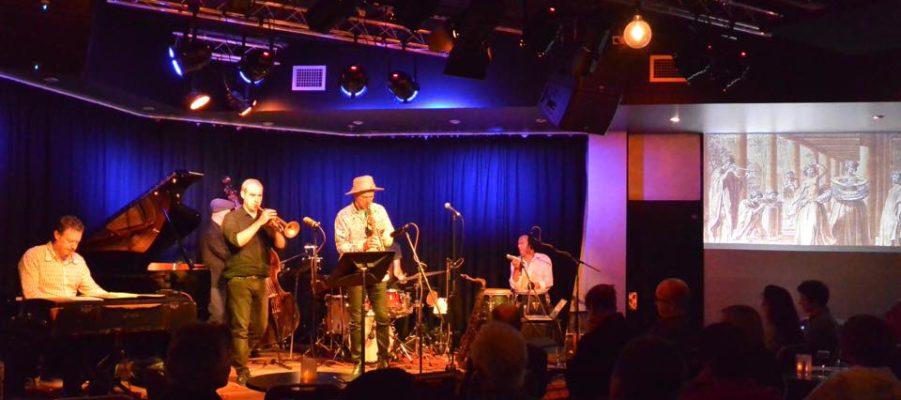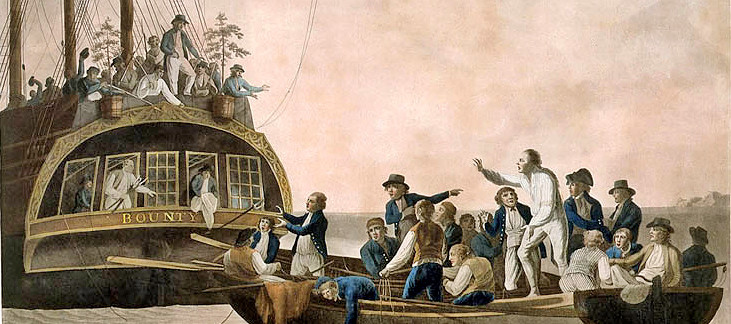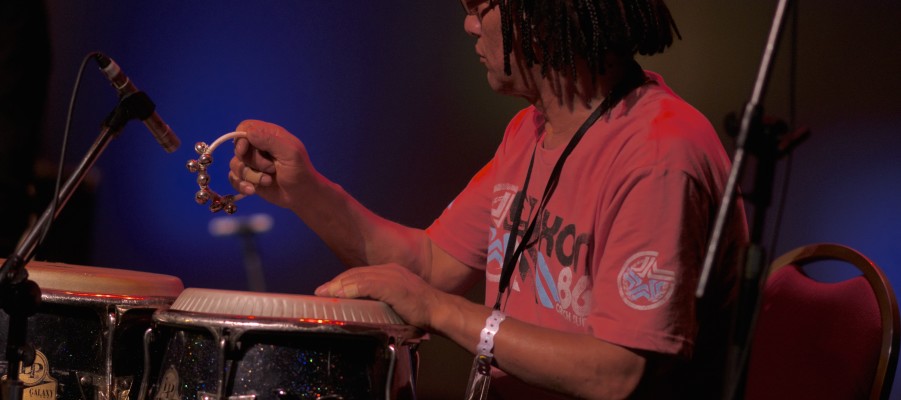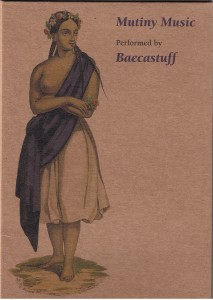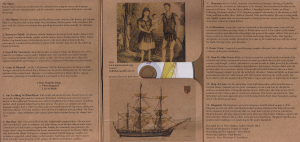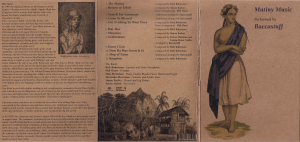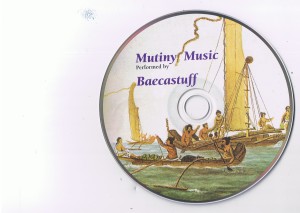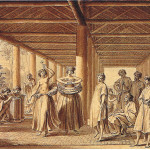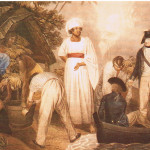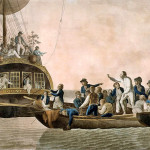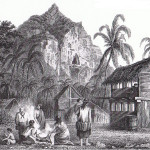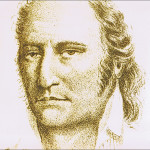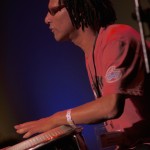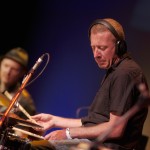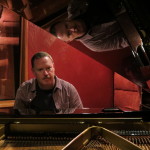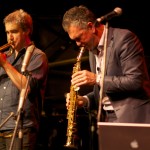Next Live Show
Here’s a few excerpts
Mutiny Music
A modern music show based on the story, music and culture that developed as a direct consequence of the Mutiny on the Bounty and the clash of Tahitian and English cultures which developed into the language and song of the of the Pitcairn and Norfolk islanders.
CD now available at Rufus Records or Download at Bandcamp or iTunes
The studio of recording Mutiny Music funded by the Arts Council of Australia and recorded at Sony Studios by Ross A'hern captures the suite in exquisite quality. Comes in a beautiful 6 page fold out cover and features:
Rick Robertson - Saxophones
Phil Slater - Trumpet
Matt McMahon - Piano, Fender Rhodes Piano, Hammond Organ
Alex Hewetson - Bass, Acoustic Bass
Simon Barker - Drums and Log Drums
Aykho Akhrif - Percussion
"This is a fantastic work! Beautifully crafted music, outstanding playing, and a very moving story to go with it. An inspirational meeting of history, culture and sound". Professor Henry Johnson
"There is as much going on here conceptually as there is musically: retelling history using a dense weave of musical forms, Mutiny Music is an extremely unique and valuable album." Joseph Cummins - The Music Trust
BUY IT NOW
CD with 6 page fold out limited edition cover - Click here -Rufus Records
Download Here - Band Camp or iTunes
Mutiny Music tells the Bounty Mutiny story through music, language & culture, exploring the consequences of this tumultuous act and the subsequent events; as the Mutineers and Tahitians hide from the wrath of the English establishment on tiny Pitcairn’s Isle.
The Story:
In 1789, the infamous Mutiny on the Bounty occurred. Fletcher Christian tossed the volatile Captain Bligh into a long boat with a sextant, food and few of his crew, turned the Bounty around and went in search of somewhere to hide. They returned to Tahiti, stocked the Bounty with livestock and provisions and then departed secretly in the night with Tahitian “wives”, most likely unaware of their departure, and 5 Tahitian men.
Christian and his crew spent the next 12 months criss-crossing the Pacific until the wrongly charted Pitcairn Island was rediscovered and became their home. Pitcairn was the perfect hiding place, with fertile soil and an abundance of timber and water, and completely isolated from the rest of the word.
Nine Europeans and Eighteen Polynesians made up the small community. Land and wives were divided up amongst the Europeans and the Six Polynesian men had to share the 3 remaining women. This was not ideal but the community made do for a couple of years until Williams’ wife died and he abducted the wife of one of the Polynesian men. This began a bloody chain of events and within ten years all the men on the island apart from John Adams had perished, most of them violently. Adams had a sign from God and took it upon himself to lead the remaining women and children in a pious existence. The Tahitian Women led by Mautua, Christians widow, enabled the community to survive, teaching their children in the Polynesian ways.
When the community was finally discovered after a dozen years of complete isolation, the descriptions suggest a harmonious, almost perfect, existence. All the islanders spoke both English and Tahitian and a new language, which is a mixture of the two, developed over the following years.
New blood arrived with visitors wanting to stay on and join the community. George Hunn Nobbs, who claimed he was the illegitimate son of Lord Hastings but who certainly had been a pirate, mercenary and opportunist, was educated and had some idea of religious protocol. He became the teacher, religious leader, and married Fletcher Christians Grand daughter.
Polynesian music and dance survived into the new culture with visiting ships crews being entertained by the islanders song and dance however the traditional music was replaced by religious music and the singing of Hymns in four part harmony became a much cherished pastime of the tiny community. A number of Hymns were composed during this period.
In the 1850’s the community had grown to almost 200 and the tiny island was increasingly unable to support them. The community petitioned Queen Victoria for help and she offered them Norfolk Island. Norfolk Island had been a penal colony that had recently been disbanded and the island deserted. In 1856 the entire community of Pitcairn embarked on the journey to their new home 3700 miles away. Everything about their new home astonished the Pitcairners who were confronted with massive stone buildings, cattle, exotic fruits and flowers, furniture and of course the reminders of a brutal convict penal colony. The Islanders settled into their new home well however a few families returned to Pitcairn unable to deal with their homesickness and their families remain there today.
Mutiny Music endeavours to describe this colourful story using the music and language unique to this tiny island paradise and the extremely creative musical skills of the ensemble Baecastuff.
- The Mutiny: Fletcher Christian and his followers take control of the Bounty, put Captain Bligh in a long boat and set him adrift. Matt McMahons Rhodes piano eerily introduces this piece with Alex Hewetson’s acoustic bass providing the anchor and eventually the infectious groove.
- Return to Tahiti: The Bounty with the Mutineers in charge firstly head to Tubuai where they spend 3 months in bloody conflict with the natives before heading back to Tahiti. Simon Barker’s log drums bring a Polynesian presence to the proceedings joined in the last movement by a traditional Scottish Reel or hornpipe typical of the melodies danced to by the sailors on board the Bounty.
- Search for Sanctuary: Immediately after arriving in Tahiti, the Bounty’s crew of nine is joined by eleven Tahitian women, and six Tahitian men. They spend the next 12 months criss-crossing the pacific looking for a place to hide. The theme in this piece, played by Soprano Saxophone and Trumpet is inspired by a traditional Polynesian nose flute melody.
- Come Ye Blessed: On the 15th January 1789 the Bounty arrives at Pitcairn Island. Wrongly charted by the Royal Navy, Pitcairn was the perfect hiding place for the Mutineers and their Polynesian friends. This piece is a traditional Pitcairn Hymn which is sung at community gatherings on Norfolk Island. It is arranged in three movements:
1. Then Shall the King
2.I Was Hungered
3. In As Much
- Gut Evrthing Yu Want Deya: With fertile soil and fresh water Pitcairn proved to be the perfect hiding place and the community flourished. Clothing and food were prepared largely in the traditional Polynesian way with the Englishmen providing a means of making alcohol which probably helped lead to their demise. This piece was composed around language samples from a 1956 recording made on Norfolk Island with log drums adding the Polynesian flavour. The horn melody is derived from a traditional Irish jig called “The Three Sea Captains”. Matt McMahons solo acoustic piano improvisations brings the chapter to a close.
- Hue Hue: After 10 years on Pitcairn only 1 adult male remained alive. The rest were either murdered or came to a dubious end. John Adams, in an alcohol induced coma saw a vision from God and became a religious man, leading the community into piousness. He taught them to sing the melodies from hymns and used the text form the Bounty’s Bible, the only book on the island. This piece is composed around Norfolk language samples and includes a reggae feel, which relates to the mutineer Ned Young who was West Indian by birth, a teacher and a favourite of the women. He died of an Asthmatic condition.
- Mauatua: Born in Tahiti, Mauatua (also known as Miamiti, Mai’mas or Isabella) married Fletcher Christian in Tahiti prior to the Mutiny. She then joined Christian on the journey to Pitcairn. They had three children, Thursday October, Charles and Mary. Following Christian’s death in 1793, Miamiti partnered with another of the mutineers, Ned Young and had another three children. Edward, Polly and Dorothea. She was a strong noble and capable woman who was instrumental in setting up the new society on Pitcairn. This is a drum piece written by Simon Barker.
- Gethsemane: A peaceful existence continued on the island for many years with the occasional visit from a passing whaler or British navy vessel. A few visitors to the Island became residents and added their knowledge and genes to the unique culture. This piece is a Hymn written on Pitcairn by Driver Christian and George Hunn Nobbs. Solo Soprano Saxophone carries the melody through the first time in the traditional way with the rest of the band entering in four part harmony.
- Daun I Goa: Composed around language samples, this piece also reflects the peaceful existence of the pious community.
- Dem Da Mus Gwen It Et: As Pitcairn’s residents reached nearly two hundred the isolation and reliance on natural resources became a problem due to a few years of bad weather and drought. A short experiment to try and resettle in Tahiti proved to be a disaster with many Pitcairners succumbing to fatal illnesses. Returning to Pitcairn didn’t solve the problem and a few years later Queen Victoria offered Norfolk Island as their new home. Norfolk language samples provide the melody for this piece. Simon and Aykho on drums and percussion provide the tribal element with Matt’s piano mirroring the vocal melody. The horns kick in with the melody before Phil Slater enjoys some space to improvise on Trumpet.
- Ship of Fame: On the 3rd of May 1856 HMS Morayshire sailed from Pitcairn to Norfolk Island. Onboard was the entire community. It was a sad time for all and the unknown awaited them. During the journey of over 3600 miles, the entire group of 194 would meet three times a day to sing Hymns and pray. This hymn was a favourite. Matt McMahon’s solo piano opens the piece with the band led by Rick’s Tenor Saxophone joining him for the final two choruses.
- Kingston: The Pitcairners arrived at Kingston, Norfolk Island on June 6 1856.
Kingston was the site of the notoriously barbaric prison settlement that had only recently been evacuated. It is not surprising that two years later a group of 16 returned to Pitcairn however the large majority thrived in their new island home. This piece opens with Simon Barkers Military Drum salute to the previous inhabitants. “Kingston” finishes on a positive note heralding a new beginning for the gentle Island folk.
Thanks to Glynn Christian for help in editing text. Glynn is the author of Mrs Christian: Bounty Mutineer http://www.glynnchristian.com
Rick Robertson – Soprano and Tenor Saxophone
Phil Slater – Trumpet
Matt McMahon – Piano, Fender Rhodes Piano, Hammond Organ
Alexander Hewetson – Acoustic and Fender Bass
Simon Barker – Drums and Log Drums
Aykho Akhrif – Percussion
Credits:
The Mutiny – Composed by Rick Robertson
Return to Tahiti – Composed by Simon Barker, Horn Arrangement – Phil Slater
Search For Sanctuary – Traditional arranged by Baecastuff
Come Ye Blessed – Traditional arranged by Baecastuff
Gut Evrthing Yu Want Deya – Composed by Rick Robertson – Horn Arrangement – Phil Slater
Hue Hue – Composed by Rick Robertson – Arranged by Baecastuff
Mauatua – Composed by Simon Barker
Gethsemane – Composed by Driver Christian and George Hunn Nobbs – Arranged by Baecastuff
Daun I Goa – Composed by Rick Robertson – Arranged by Baecastuff
Dem Da Mus Gwen It Et – Composed by Rick Robertson – Arranged by Baecastuff
Ship of Fame – Traditional arranged Baecastuff
Kingston – Composed by Rick Robertson

